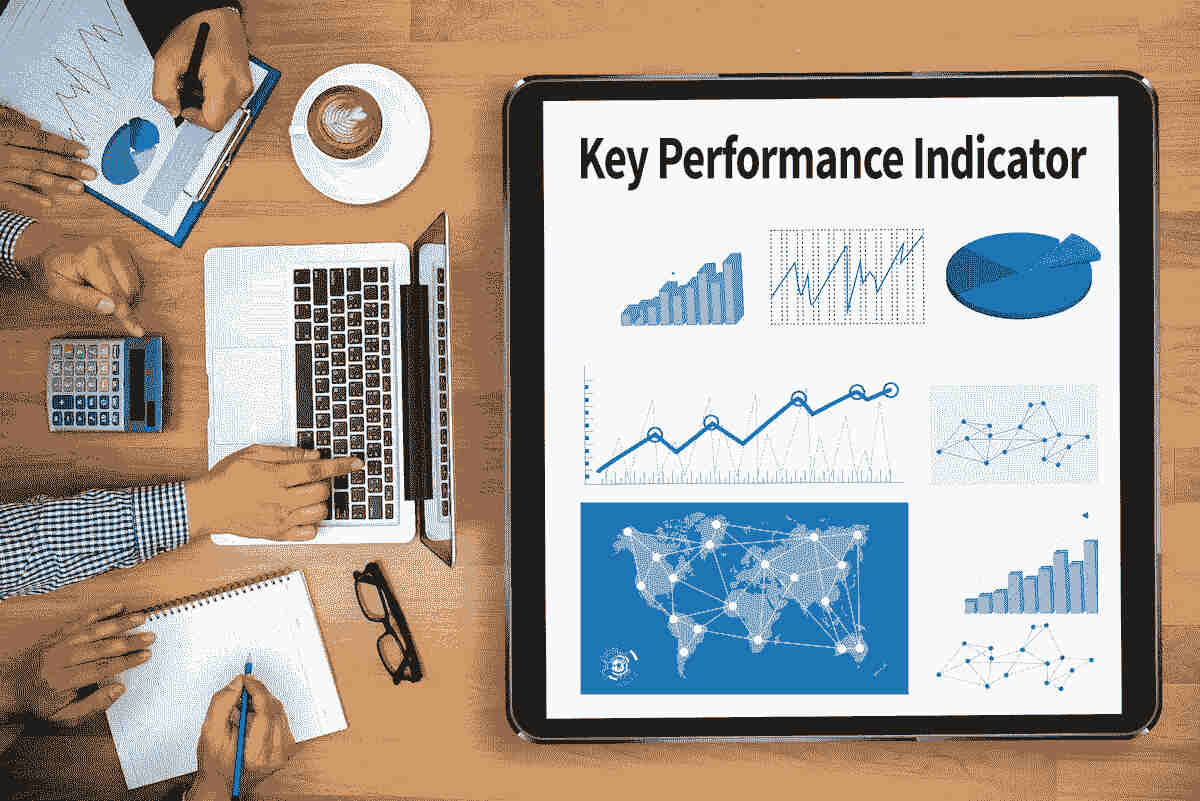In the intricate world of healthcare, efficient medical billing services are paramount. As healthcare providers seek to optimize revenue and streamline operations, evaluating the performance of medical billing services becomes increasingly critical. Key Performance Indicators (KPIs) serve as indispensable tools in this evaluation process, providing insights into the effectiveness and efficiency of medical billing practices. Let’s explore some essential KPIs for evaluating medical billing services and unlocking success in healthcare revenue management.
1. Revenue Cycle Metrics:
- Days in Accounts Receivable (AR): Measures the average number of days it takes to collect payment after services are rendered. A lower AR days value indicates faster revenue cycle turnover and better cash flow management.
- Percentage of AR Over 90 Days: Indicates the proportion of outstanding accounts receivable aged over 90 days. A high percentage suggests inefficiencies in collections and potential revenue leakage.
- Net Collection Rate: Compares the amount of revenue collected to the amount of revenue expected. A high net collection rate signifies effective revenue capture and management.
2. Claim Submission and Reimbursement:
- Clean Claim Rate: Measures the percentage of claims submitted without errors or rejections. A high clean claim rate indicates efficient claims processing and minimizes delays in reimbursement.
- Claim Denial Rate: Tracks the percentage of claims denied by payers. A lower denial rate suggests effective denial management practices and maximizes revenue capture.
- First-Pass Claim Acceptance Rate: Measures the percentage of claims accepted by payers upon initial submission. A high first-pass claim acceptance rate indicates accurate coding and thorough documentation.
3. Productivity and Efficiency:
- Average Days to Bill: Measures the average time taken to submit claims after services are provided. A shorter billing cycle accelerates revenue recognition and improves cash flow.
- Claims Follow-Up Rate: Tracks the frequency and timeliness of follow-up actions on unpaid or denied claims. A proactive approach to claims follow-up enhances revenue recovery and reduces AR aging.
4. Compliance and Accuracy:
- Coding Error Rate: Measures the percentage of coding errors identified during claim processing. A low coding error rate ensures accurate billing and compliance with coding guidelines.
- Audit Pass Rate: Indicates the percentage of claims that pass internal or external audits without discrepancies or compliance issues. A high audit pass rate demonstrates adherence to regulatory requirements and billing standards.
5. Patient Satisfaction and Engagement:
- Patient Billing Complaint Rate: Tracks the frequency of patient complaints related to billing and financial interactions. A low complaint rate reflects positive patient experiences and effective communication.
- Patient Payment Compliance: Measures the percentage of patient balances collected within a specified timeframe. Encouraging patient payment compliance enhances revenue and reduces bad debt.
Conclusion:
In the ever-evolving landscape of healthcare, evaluating the performance of medical billing services is indispensable for optimizing revenue and ensuring financial stability. By leveraging key performance indicators across the revenue cycle, healthcare providers can identify areas for improvement, implement strategic initiatives, and unlock success in medical billing operations. As the healthcare industry continues to evolve, monitoring and adapting KPIs will remain essential for achieving excellence in medical billing services and delivering exceptional patient care.





